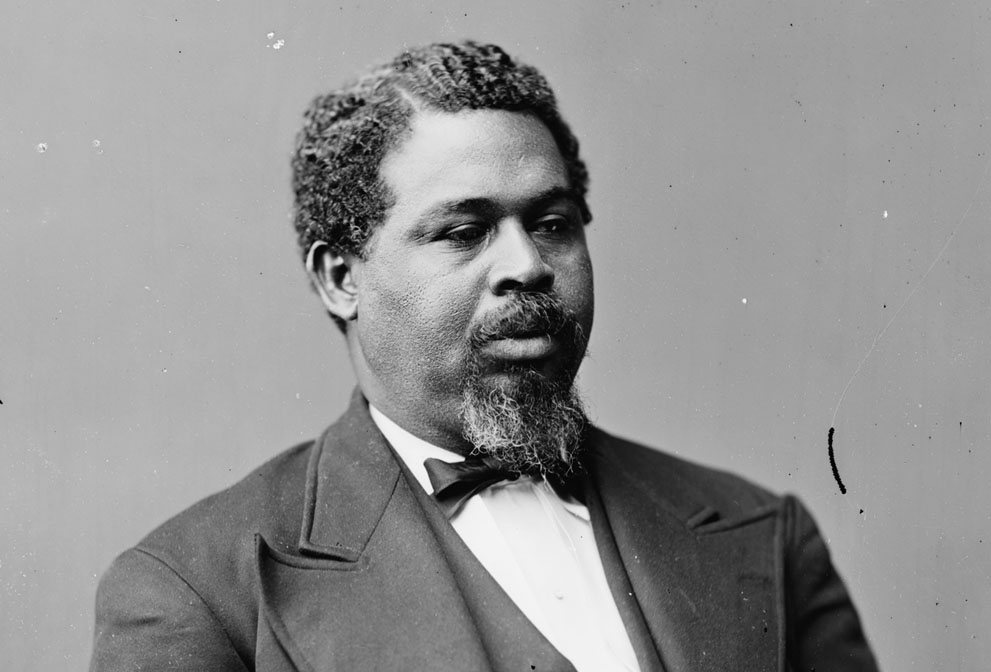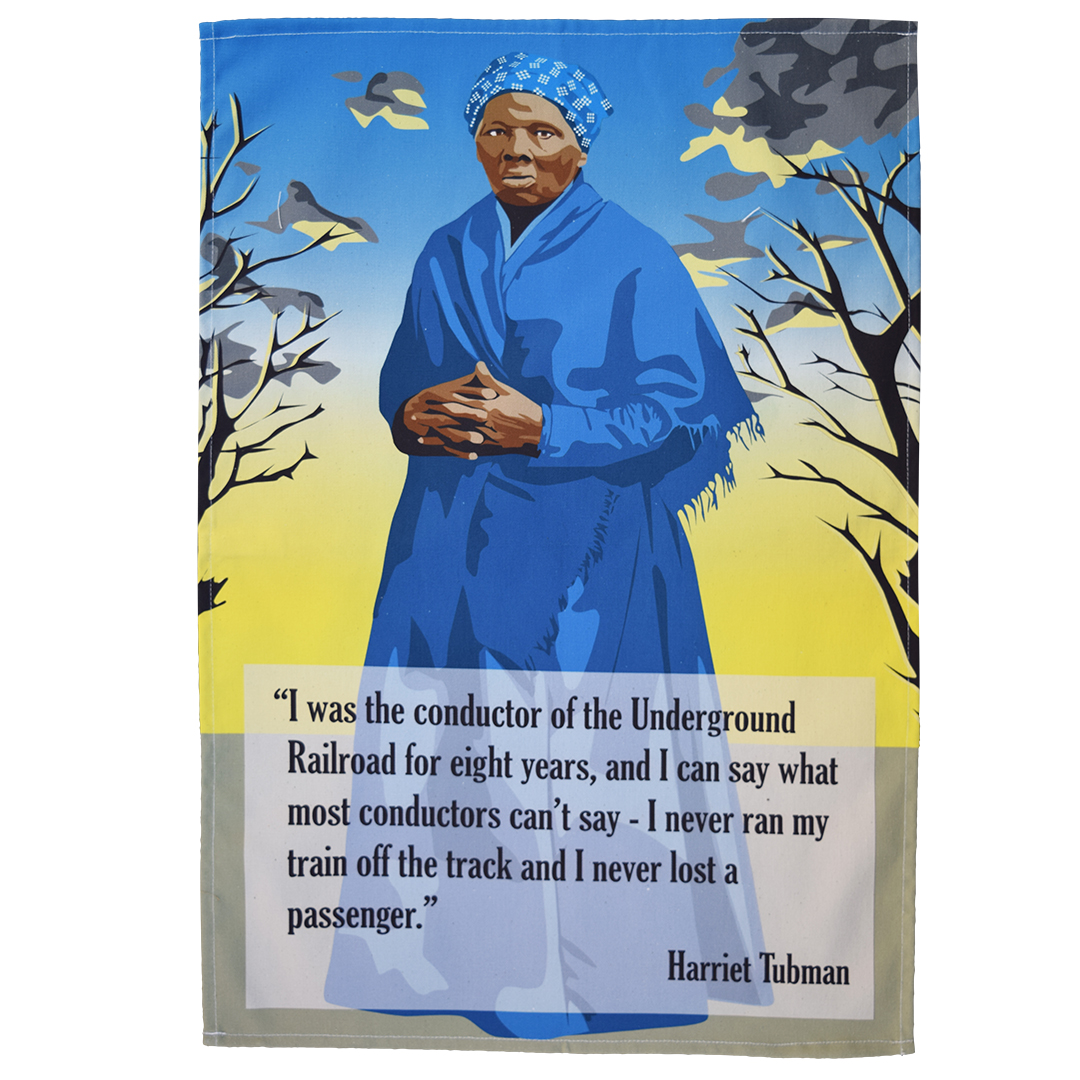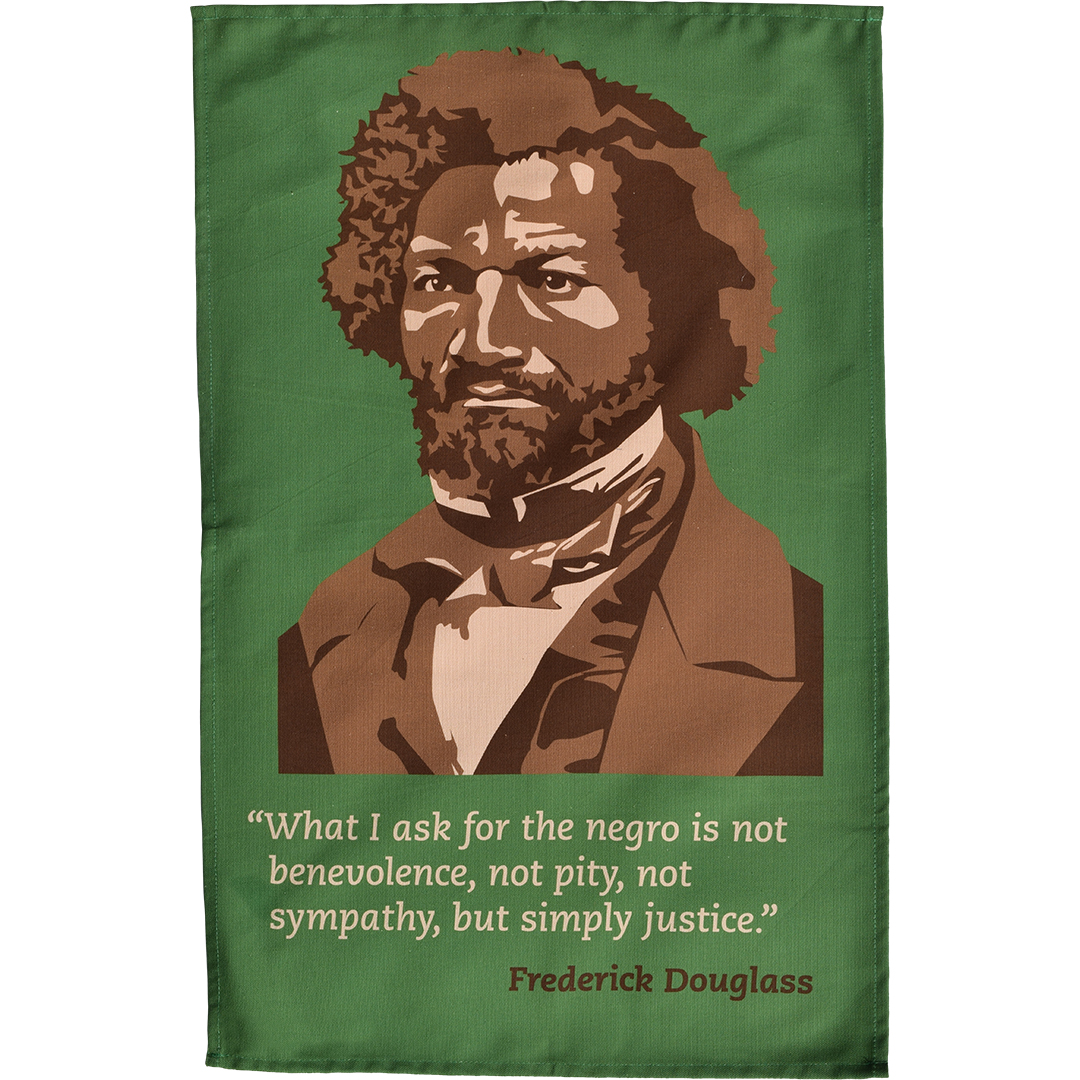We Must Be Free: The Story of Robert Smalls and the CSS Planter
Posted by Pete on Apr 5th 2021
How one man led a ship of black slaves into freedom...
The Underground Railroad shuttled countless enslaved black people out of the South during the mid-19th century, but it was not the only way to freedom.
Robert Smalls, born in South Carolina on this day in 1839, went by sea.
Born into slavery in Beaufort, Smalls was working as an enslaved seaman in Charleston Harbor when the Civil War broke out in 1861.
He was a talented sailor, so the Confederate navy forced him into service on the CSS Planter, an armed military transport steamer.
Crewed by enslaved men and white officers, the Planter sailed around Charleston Harbor, moving supplies and troops between the various Confederate forts and strongpoints in the area.
All the while, it had to keep close to the shore to stay out of range of the Union ships which had blockaded Charleston since the war began.
To its Confederate officers, everything seemed fine aboard the Planter. Its enslaved crew were expert at their jobs and appeared obedient to their commanders.
But all was not as it seemed.

Robert Smalls was born into slavery, but he died a free man (Image: Brady-Handy Collection, Library of Congress)
For the Confederacy, the ring of Union battleships blockading Charleston Harbor was a threat, but for the enslaved black sailors it was the promise of freedom.
Robert Smalls and his crewmates spent weeks covertly planning how to reach that line of ships.
Then, on the night of 12 May 1862, they went into action.
Having completed their transport duties for the day, the officers of the Planter went ashore for the night. Before their departure, Smalls quickly requested the crew’s families be allowed aboard for a little while, which was permitted.
They then informed their wives and children of the plan to make a break with the Planter for the Union blockade line.
Smalls’s wife, Hannah, responded,
“It is a risk, dear, but you and I, and our little ones must be free. I will go, for where you die, I will die.”
The risk Hannah identified wasn’t so much in taking the Planter as getting it to the Union ships past the line of Confederate coastal forts and their long-range artillery.
Harriet Tubman led the Underground Railroad, freeing hundreds of slaves over her lifetime.
Click to view our Harriet Tubman tea towel
To pull this off, Smalls threw on the straw hat of the Planter’s captain. He knew all the necessary signal codes by heart, giving them to each fort as he passed.
At 04:30 on 13 May, in the half-light of morning, the Planter passed nervously by Fort Sumter - this was where the Civil War had begun, and was the last of the Confederate outposts before the open sea.
Once out of range of Sumter’s guns, the crew changed the Confederate flag for a white bed sheet brought by Hannah Smalls.
The USS Onward saw this change just in time to hold fire, as its crew came to see the Planter was being sailed entirely by black people, now free.
On coming alongside the Onward, Robert Smalls called out,
“Good morning, sir! I’ve brought you some of the old United States guns, sir!”
As well as its crew, Smalls had brought the cargo of rebel cannon picked up by the Planter during the previous day’s sailing around the Harbor.
Born into slavery like Robert Smalls, Frederick Douglass freed himself and went on to play an important role in the abolitionist struggle.
Click to view our Frederick Douglass tea towel
After this remarkable escape from slavery, Robert Smalls went onto a glittering wartime career in the US Navy, much of it spent on the now USS Planter.
And with abolitionist giants like Frederick Douglass, he helped lobby Abraham Lincoln to admit black soldiers into the US Army.
After the war, Smalls returned to South Carolina, where he served as a Republican congressman until the bloody restoration of white supremacy snuffed out the promise of democracy in the South for another century.
But Smalls remained there until his death, defiant against racist intimidation, keeping the flame of black freedom alive for the next generations to take up.
Emancipation from slavery was a fundamentally collective struggle, but it was made up of stunning individual feats and characters, from Harriet Tubman's Combahee River Raid to John Brown's assault on Harper’s Ferry.
It may not be so well-known today, but the story of Robert Smalls and his escape with the Planter can be a source of inspiration to us all.
It's the sort of thing we wish we were taught in school!


